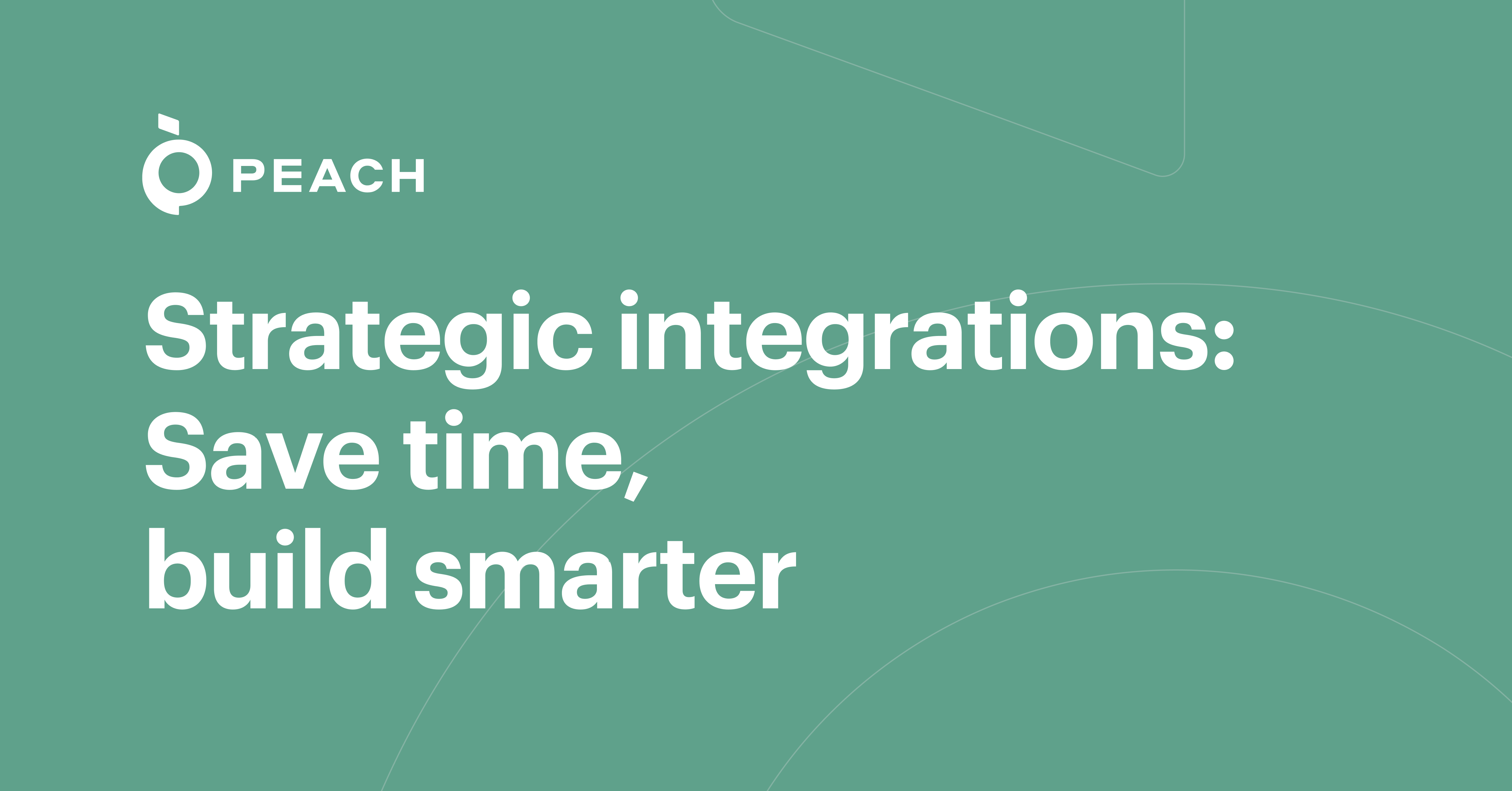Strategic Integration: Save Time, Build Smarter

In the traditional buy or build discussion, the “build” approach means choosing to internally construct software that involves custom development. The lender designs, creates, tests, and maintains its own software tailored to its specific requirements. Every part of the system can be designed to the lender’s needs and projected growth, highly specialized tools can be brought on, and resources hired to maintain the tech stack indefinitely. Building such a solution is often done by an in-house development team, who may partner with software development consultants on a project basis for support.
Advantages of Building:
-
Customization: The software is tailored exactly to the lender's business processes and unique requirements. This offers a perfect fit and avoids the need for workarounds often associated with off-the-shelf solutions.
-
Specificity: Custom-built software is designed to the exact specifications of the lender’s business. Compromise of features is not necessary as long as resources are available to create the customized specs needed.
-
Competitive Edge: It allows for the creation of unique features that can differentiate the lender’s business in the marketplace, providing a significant competitive advantage. As one source notes, if developing software is core to the lender’s business needs, building it gives the lender a custom solution no one else will have.
-
Control: Lenders have complete control over the software's functionality, security, and integration with other systems. Building also provides complete control and use of data.
-
Intellectual Property: Building lender-owned software can protect intellectual property.
-
Long-Term Value: Building software offers potential long-term value through customization and control.
Disadvantages of Building:
-
Cost: High upfront investment is required for development, testing, and deployment. It typically costs more, especially in the beginning, and over-time maintenance costs will continue to increase as software, tech, or functions age.
-
Time to Market: Development can take months or even years, delaying potential benefits. This also creates opportunity costs.
-
Maintenance: Ongoing support and updates are necessary, requiring an in-house team or contracted developers. The lender’s team becomes the support function.
-
Potential for Error: There's a greater potential for error if software development is not a lender’s core focus.
While the 'buy versus build' will continue to be a topic of consideration, it's clear that targeted build solutions retain significant value for lenders seeking to leverage proprietary knowledge and differentiate through unique market offerings. However, loan management and servicing, often viewed as just a commodity, presents an opportunity for strategic integration rather than wholesale custom development.
Peach addresses this by offering a robust, API-first platform that empowers lenders to selectively invest internal resources in bespoke builds, seamlessly integrating these into our comprehensive loan management and servicing infrastructure. This hybrid approach allows lenders to capitalize on Peach's deep domain expertise and market-ready capabilities, while simultaneously focusing their internal teams on developing truly differentiating features. By entrusting infrastructure maintenance and market-forward evolution to Peach, lenders not only streamline operations but also ensure long-term scalability and reduced maintenance overhead. This strategic partnership enables lenders to navigate the complexities of modern lending, optimizing both innovation and operational efficiency.
With Peach, it’s not a binary decision to build or buy, we offer the best of both options through integration. Interested in how we offer similar advantages to a “buy” decision with Peach? Check out our article on Buy smarter: integrate for ultimate lender agility or contact us today for a discovery session.